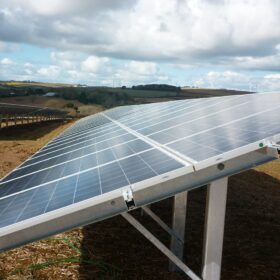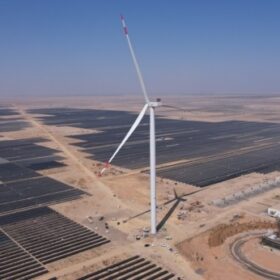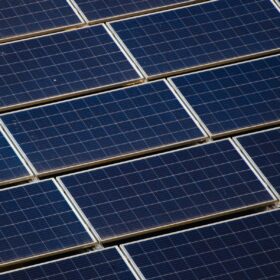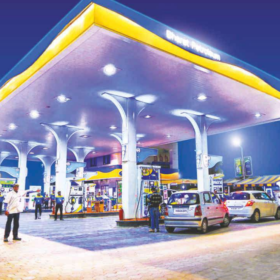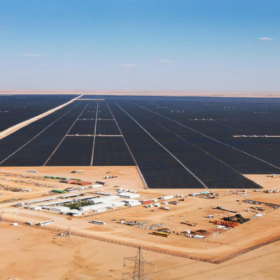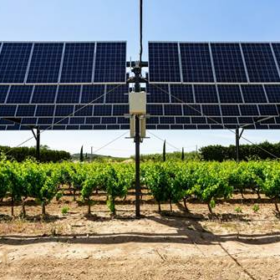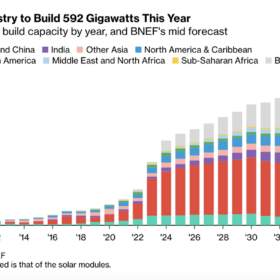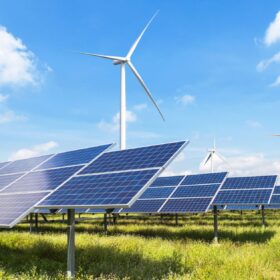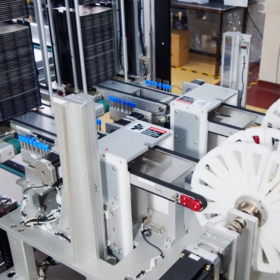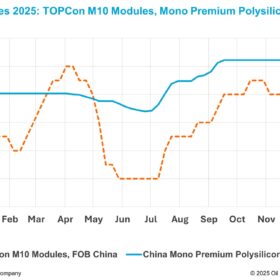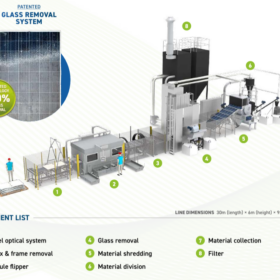Oriana Power secures 52 MW solar project from BPCL
Oriana Power Ltd will execute a ground-mount solar project with a total capacity of 52 MW for Bharat Petroleum Corp. Ltd. The project is scheduled for commissioning within six months.
Adani Green, TotalEnergies partner for over 1 GW of solar projects in Khavda
Adani Green Energy Ltd (AGEL) and TotalEnergies have agreed to create a new joint venture to accelerate the development of 1,150 MWac (1,575 MWp) of solar projects in Khavda, Gujarat. AGEL will contribute its current assets to the joint venture, while TotalEnergies will inject $444 million.
Gensol, Matrix consortium wins EPC of India’s first biomass to green hydrogen project
Gensol Engineering, in collaboration with Matrix Gas & Renewables Ltd, will establish the project to convert 25 tons of bio-waste into one ton of hydrogen per day. The project is scheduled for completion within 18 months.
ACWA Power secures $2.6 billion for 5.5 GW of solar in Saudi Arabia
ACWA Power has obtained $2.6 billion through a consortium of banks for three solar plants in Saudi Arabia, with a combined capacity of 5.5 GW.
BPCL aims to build 10 GW of renewable energy capacity by 2035
Bharat Petroleum Corp. Ltd (BPCL) aims to build 2 GW of renewable energy capacity by 2025 and 10 GW by 2035
L&T creates renewable EPC vertical
Larsen & Toubro (L&T) has carved out renewable business vertical amid energy transition led growth in its infrastructure segment.
Unlocking the potential of agrivoltaics
Agrivoltaics, the innovative practice of co-locating agriculture and photovoltaic (PV) systems, is revolutionizing sustainable land use and energy production. By harnessing the synergy between agriculture and solar energy, agrivoltaics offers a transformative solution to address the challenges of food security, water scarcity, and climate change. This article explores the burgeoning agrivoltaics market, its potential benefits, challenges, and future outlook.
Coal India launches 300 MW solar EPC tender
Coal India Ltd (CIL) is accepting bids to install and commission a 300 MW (AC) ground-mounted solar PV project at Khavda Solar Park in the Indian state of Gujarat. It had won this project in an auction by Gujarat Urja Vikas Nigam Ltd.
Solar module installations could hit 592 GW in 2024
BloombergNEF says the global solar industry will install 592 MW of modules this year, up 33% on 2023. The consultancy has also lowered its estimate for 2024 polysilicon production, as manufacturers are temporarily scaling back output.
JSW Energy wins additional 400 MW wind-solar hybrid power project from MSEDCL
JSW Neo Energy has received Letter of Award for 400 MW of wind-solar hybrid power project under greenshoe option. This takes its total capacity allocation under Maharashtra State Electricity Distribution Co. Ltd’s phase III auction to 600 MW.
